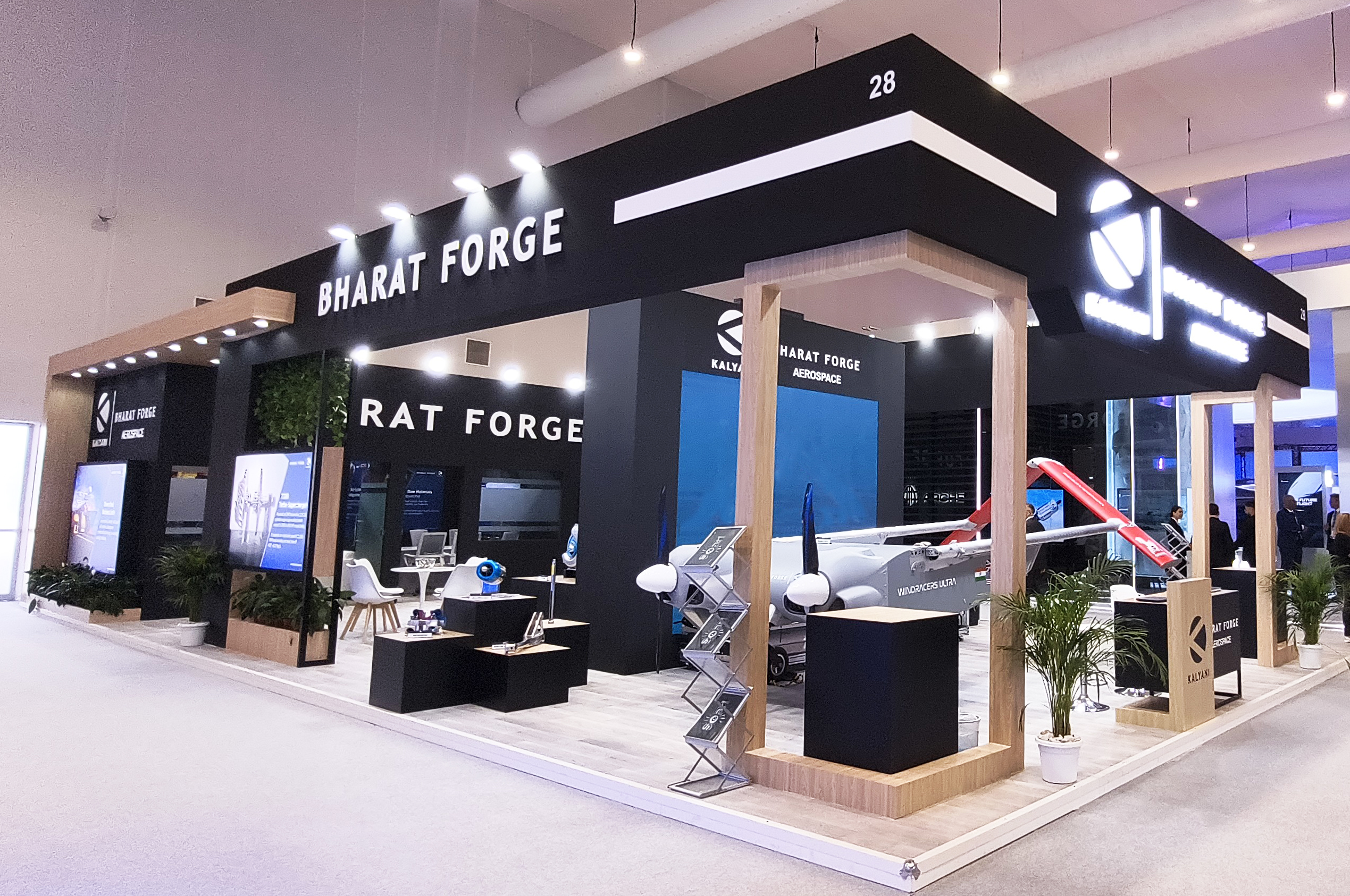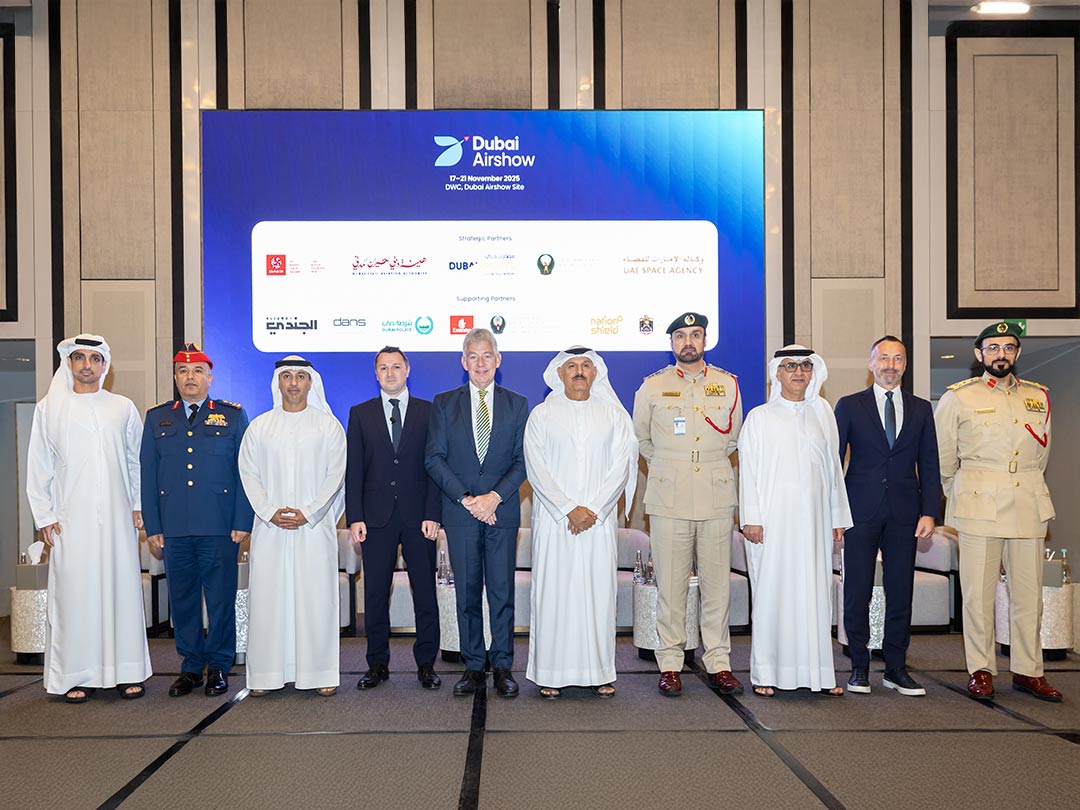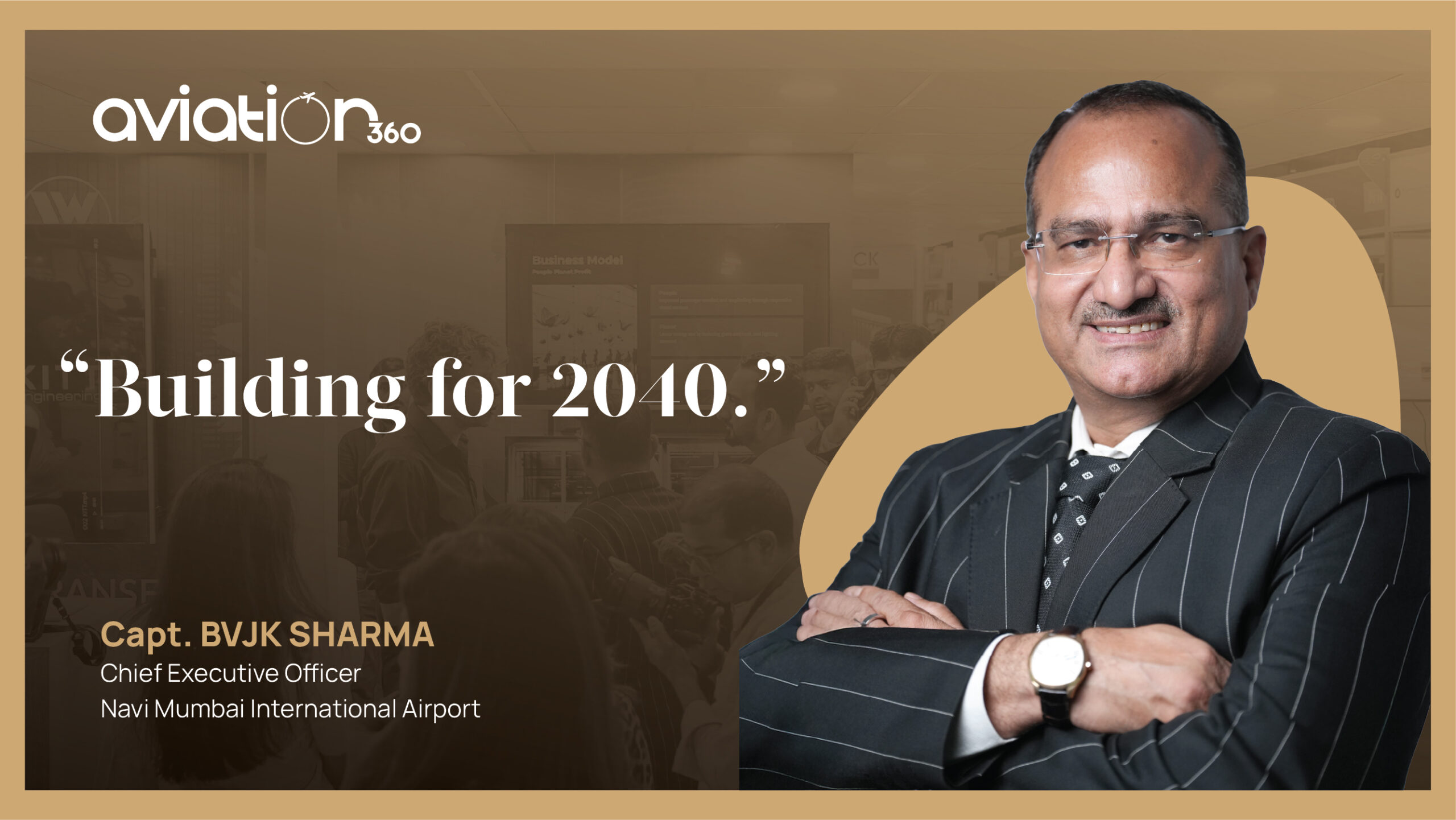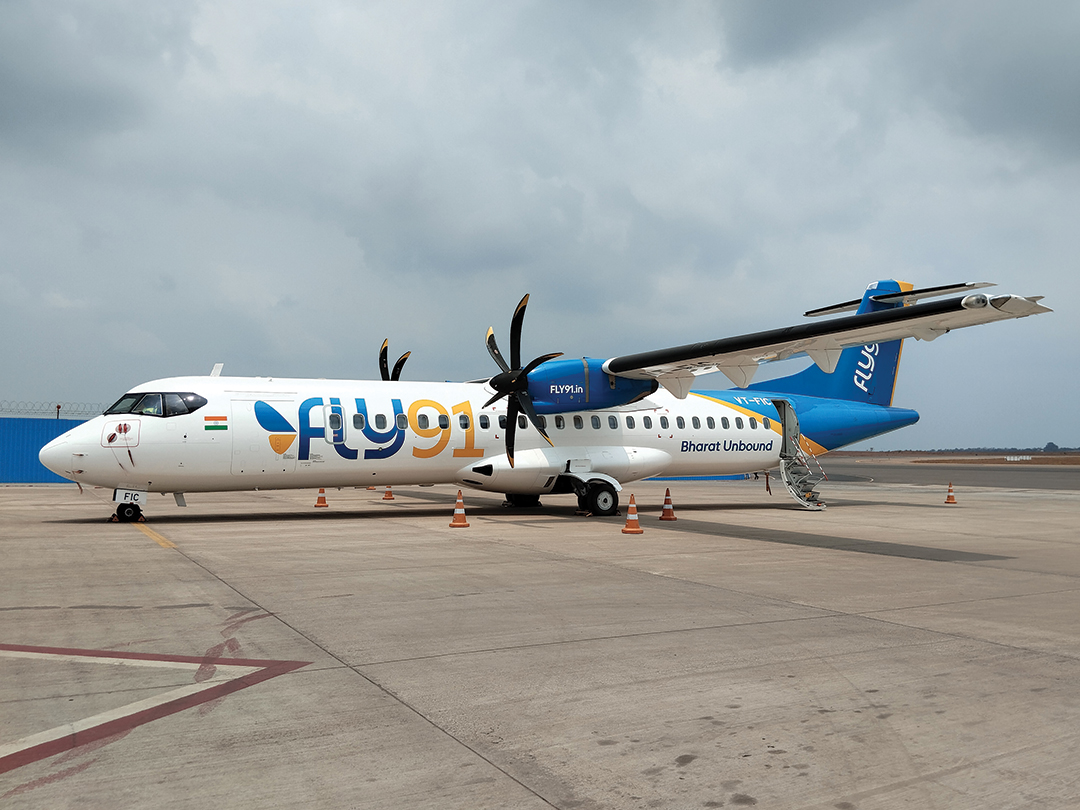Women in aviation and air mobility sector bring valuable perspectives that can drive innovation, sustainability, and inclusivity, writes Mervat Sultan
Inclusive, diverse workforce to drive the future of aviation

The aviation industry is undergoing a transformative phase, propelled by technological advancements and a focus on sustainability, automation, and inclusivity. One of the most significant trends shaping the future of aviation is the evolution of air mobility. This includes innovations in electric aircraft, urban air transport, and autonomous flying systems.
However, while the sector evolves at a rapid pace, there remains a pressing need to address gender diversity, particularly the underrepresentation of women in aviation. Integrating women into this dynamic future isn’t just a matter of equity but is essential for driving innovation and fostering a culture of inclusiveness.
Future of air mobility
Air mobility is at the cusp of a revolution. The industry is shifting towards more sustainable, efficient, and intelligent transportation modes that can operate in urban, suburban, and remote areas. Advanced Air Mobility (AAM) represents this new phase, which includes electric vertical take-off and landing (eVTOL) aircraft, drones, and other innovative transportation solutions.
According to the NASA Aeronautics Research Institute, AAM aims to develop and deploy innovative air transportation systems that can transform mobility, logistics, and emergency response services in both urban and rural settings.
Key technological advancements such as electric propulsion, hybrid-electric powertrains, and artificial intelligence are redefining air travel, making it safer, more efficient, and environmentally friendly. For instance, eVTOL aircraft promise to revolutionise urban air transport by reducing traffic congestion and offering faster transit times. Autonomous flying systems, enabled by AI and machine learning, are expected to optimise airspace management, reducing the risk of human error and increasing efficiency in air traffic control.
The future of air mobility is also closely tied to the broader objective of reducing the carbon footprint of aviation. The International Air Transport Association (IATA) has set ambitious targets for the aviation industry to achieve net-zero carbon emissions by 2050.
This goal has led to increased investment in sustainable aviation fuels (SAFs), electric and hybrid-electric aircraft, and other green technologies. For example, companies like Airbus and Boeing are working on hydrogen-powered aircraft, while numerous startups focus on developing eVTOLs and hybrid-electric planes that emit zero or minimal greenhouse gases.
Moreover, sustainable practices extend beyond just aircraft design to include more efficient air traffic management, eco-friendly airport operations, and enhanced waste management practices.
Addressing the gender imbalance
As technologies continue to evolve, they will require a workforce skilled in both aviation and sustainability practices, creating opportunities for women to lead in this innovative domain.
Despite the technological progress in air mobility, the aviation industry continues to grapple with a gender imbalance. Women constitute only about 5% of commercial pilots globally, and they are underrepresented in leadership roles, technical fields, and decision-making positions.
Organisations such as the International Society of Women Airline Pilots (ISA+21) and Women in Aviation International (WAI) have been working tirelessly to close this gap by providing mentorship, scholarships, and networking opportunities.
Women bring unique perspectives to the aviation sector, contributing to innovation, safety, and customer experience. Research has shown that diverse teams make better decisions, are more innovative, and produce better financial results.
As the future of air mobility focuses on creating smart, sustainable, and safe transport solutions, the inclusion of women at all levels—from engineering and piloting to policy-making and entrepreneurship—is crucial. To meet the demands of the future, the aviation industry must foster an inclusive environment that encourages women to pursue careers in aviation and air mobility.
Initiatives like STEM (Science, Technology, Engineering, and Mathematics) education programs targeted at young girls, scholarships for women in aerospace engineering, and leadership programs for women in aviation can help bridge the gap. Moreover, companies and organisations need to focus on creating a culture of inclusion, providing mentorship programs, flexible work arrangements, and policies that promote gender equality.
Empowering women through education, mentorship, and leadership opportunities is not only a social imperative but also a business necessity. By tapping into the full potential of the workforce, the aviation industry can drive innovation, improve decision-making, and enhance competitiveness on a global scale.
Making room for inclusive and diverse workforce
Women are already making significant strides in the air mobility sector. They are leading startups that are pioneering new technologies, heading research initiatives in sustainable aviation, and serving as policy advocates for gender diversity in aviation.
For instance, female entrepreneurs are at the forefront of developing eVTOLs, electric planes, and sustainable aviation fuels. By participating in global forums, women are also influencing policies that support a greener, safer, and more inclusive aviation industry.
Encouraging more women to enter and thrive in this space requires a collaborative effort from governments, industry leaders, and educational institutions.
Gender-balanced teams are better equipped to tackle complex problems, such as designing the air traffic systems of the future or developing AI-driven safety protocols.
The future of air mobility promises a more sustainable, efficient, and technologically advanced aviation industry. However, to fully realise this future, it is imperative to address the gender imbalance and ensure that women have equal opportunities to contribute to and benefit from these advancements.
Women in aviation and air mobility bring valuable perspectives that can drive innovation, sustainability, and inclusivity. By supporting women through education, training, and leadership opportunities, the aviation industry can ensure a diverse and dynamic future that benefits all.
In conclusion, as we look ahead to the future of air mobility, we must recognise that the success of this journey depends not only on technological advancements but also on fostering a more inclusive and diverse workforce. By embracing the contributions of women, the aviation industry can soar to new heights, paving the way for a brighter, more sustainable, and equitable future.
Mervat Sultan
Subscribe to Our Newsletter
Keep in touch with our news & offers
Thank you for subscribing to the newsletter.
Oops. Something went wrong. Please try again later.











